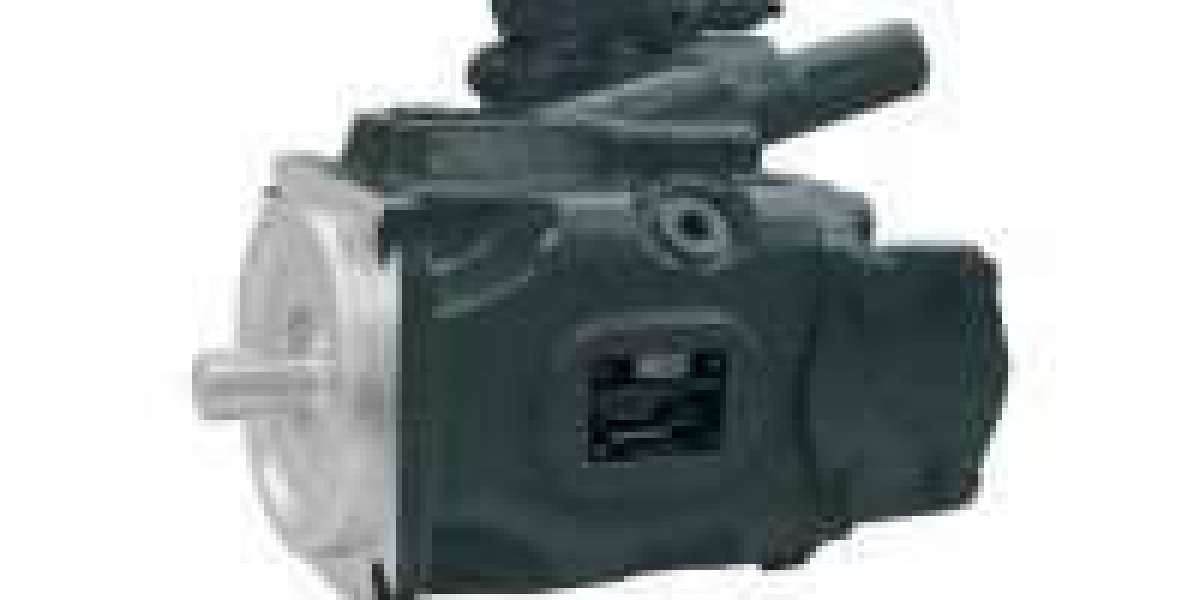When you look at the massive machines shaping the modern world — excavators lifting tons of soil, cranes maneuvering with uncanny stability, or agricultural tractors powering through fields — it’s easy to marvel at their size and strength. But at the heart of many of these systems lies a smaller yet incredibly critical component: the hydraulic cylinder piston.
You may not always see it, but without the piston, a hydraulic cylinder is nothing more than a hollow tube. The piston transforms pressurized hydraulic fluid into controlled, powerful linear motion, allowing machines to push, lift, clamp, and move with precision. If you’ve ever tried to understand how hydraulic cylinder repair works or why hydraulic cylinder seals are so vital, it always comes back to the piston.
This guide takes you deep into the world of hydraulic cylinder pistons, tracing how they function, why they fail, and how they interconnect with pumps, motors, valves, and broader hydraulic systems for mobile equipment.
The Role of the Hydraulic Cylinder Piston
Imagine standing next to a large excavator on a construction site. When the operator moves the joystick, the boom rises smoothly and powerfully. What’s happening behind the scenes is the piston inside the hydraulic cylinder driving that motion.
The piston divides the inside of the cylinder into two chambers. Pressurized fluid enters one side while the other releases fluid back to the tank. The pressure difference creates a powerful force, pushing the piston and rod in or out.
This simple principle allows hydraulic cylinders to carry out some of the most demanding tasks in engineering. Unlike purely mechanical systems, the piston ensures smooth, controllable motion, whether you’re talking about a hydraulic power pack portable unit driving a small cylinder or an industrial press with pistons the size of barrels.
Anatomy of a Hydraulic Cylinder Piston
To really appreciate its role, you need to break down what a piston consists of:
Piston Body: Typically made from high-strength steel or alloy, designed to withstand extreme pressures.
Piston Rings and Seals: These prevent fluid from leaking across the piston, maintaining efficiency.
Rod Connection: The piston connects to the rod, which extends out of the cylinder to perform work.
Without hydraulic cylinder seals, even the strongest piston would fail to hold pressure. Similarly, hydraulic cylinder repair and installation often centers around piston inspection — checking for wear, scoring, or cracks.
Hydraulic Cylinder Pistons in Different Applications
You might picture pistons only in heavy machinery, but they’re everywhere.
Construction: Bulldozers, loaders, and cranes rely on pistons for lifting and pushing.
Agriculture: Tractors use pistons in attachments, steering, and hydraulic lifts.
Manufacturing: Presses and forming machines depend on piston-driven precision.
Mobile Equipment: From garbage trucks to mining haul trucks, pistons allow compact machines to deliver enormous power.
Everywhere you see a cylinder, there’s a piston inside doing the heavy lifting.
How the Piston Interacts with Other Hydraulic Components
A piston doesn’t work in isolation. It’s part of a network that includes:
Pumps: From axial plunger pumps, variable displacement piston pumps, to external gear pumps and hydraulic pump vane designs, pumps create the pressure that moves the piston.
Valves: Directional valve control, hydraulic cut off valve, inline relief valve hydraulic, and hydraulic pilot operated check valve regulate fluid flow and protect the piston from overload.
Motors: Small hydraulic motors often work alongside cylinders to provide rotary motion, complementing linear piston force.
Power Packs: A hydraulic power pack for sale or hydraulic power pack portable unit houses pumps, valves, and reservoirs, sending fluid to the piston.
Every stroke of the piston is the result of a carefully balanced interaction between these components.
Challenges and Failures of Hydraulic Cylinder Pistons
As robust as pistons are, they face constant stress. Some common issues include:
Seal Wear: When hydraulic cylinder seals deteriorate, fluid bypass reduces efficiency.
Scoring and Scratching: Contaminated fluid can damage piston surfaces.
Overloading: Exceeding system pressure — even with protections like hydraulic inline relief valves — can warp pistons.
Improper Installation: Mistakes in hydraulic cylinder repair and installation can shorten piston life.
Understanding these risks helps you anticipate when repairs are necessary.
Hydraulic Cylinder Piston and Modern Innovation
The piston has been around for centuries, but modern industries demand more efficiency. Advances in servo motors robotics and bowflex servo motor designs are merging electronics with hydraulics, giving pistons new levels of precision.
Compact systems with micro hydraulic piston technology are enabling smaller, smarter devices. Meanwhile, large-scale tandem hydrostatic pump and pto hydraulic pumps solutions are keeping pistons relevant in heavy-duty equipment.
You’re witnessing a shift where pistons are no longer just brute-force tools but part of intelligent, energy-efficient ecosystems.
Case Study: Mobile Hydraulic Systems
Consider hydraulic systems for mobile equipment like forklifts. The piston must repeatedly lift and hold heavy loads. The cylinder’s performance depends on:
Reliable hydraulic piston types matched to the application.
High-quality pumps from hydraulic pump manufacturers.
Smart controls, like hydraulic valve control and taco zone valves, ensuring smooth motion.
Efficient energy use from variable displacement piston pumps.
When something fails, the repair process almost always centers around inspecting and replacing piston components.
Future Outlook of Hydraulic Cylinder Pistons
As industries move toward sustainability, the piston remains central. Energy-efficient pumps, smarter valve systems like hyd flow control valve, and integration with electronics (ET02 systems, VVLr controls) will keep pistons relevant.
Think of pistons not as outdated technology, but as evolving. They are being adapted to work with electric power packs, hybrid drive systems, and smarter diagnostic tools.
FAQs
1. What is the role of the hydraulic cylinder piston?
The piston converts hydraulic fluid pressure into linear motion, enabling machines to lift, push, or press with controlled force.
2. How often does a hydraulic piston need repair?
It depends on usage, but common triggers include worn seals, fluid contamination, and overloading. Regular inspection prevents costly downtime.
3. What materials are pistons made of?
Most are high-strength steel, though smaller micro hydraulic piston designs may use alloys or composites for weight reduction.
4. How does a piston interact with pumps and valves?
Pumps supply pressure, while valves regulate flow. Together, they ensure the piston moves precisely and safely.
5. Can pistons work with portable hydraulic power packs?
Yes. A hydraulic power pack portable unit can drive small cylinders and pistons in compact machinery.
Conclusion
When you trace the performance of any hydraulic system back to its core, you’ll almost always end at the hydraulic cylinder piston. It is the translator of hydraulic pressure into usable motion, the unseen muscle that powers industries.
As you think about the future — from compact small hydraulic motors to large-scale axial plunger pump systems — remember that without the piston, nothing moves. It remains one of the most vital components in the world of hydraulics, evolving alongside modern demands yet staying true to its simple, powerful role.














